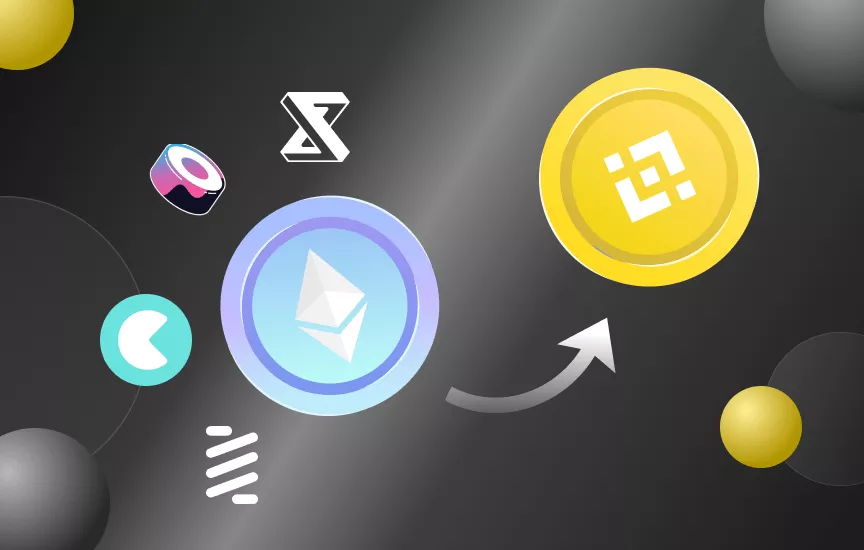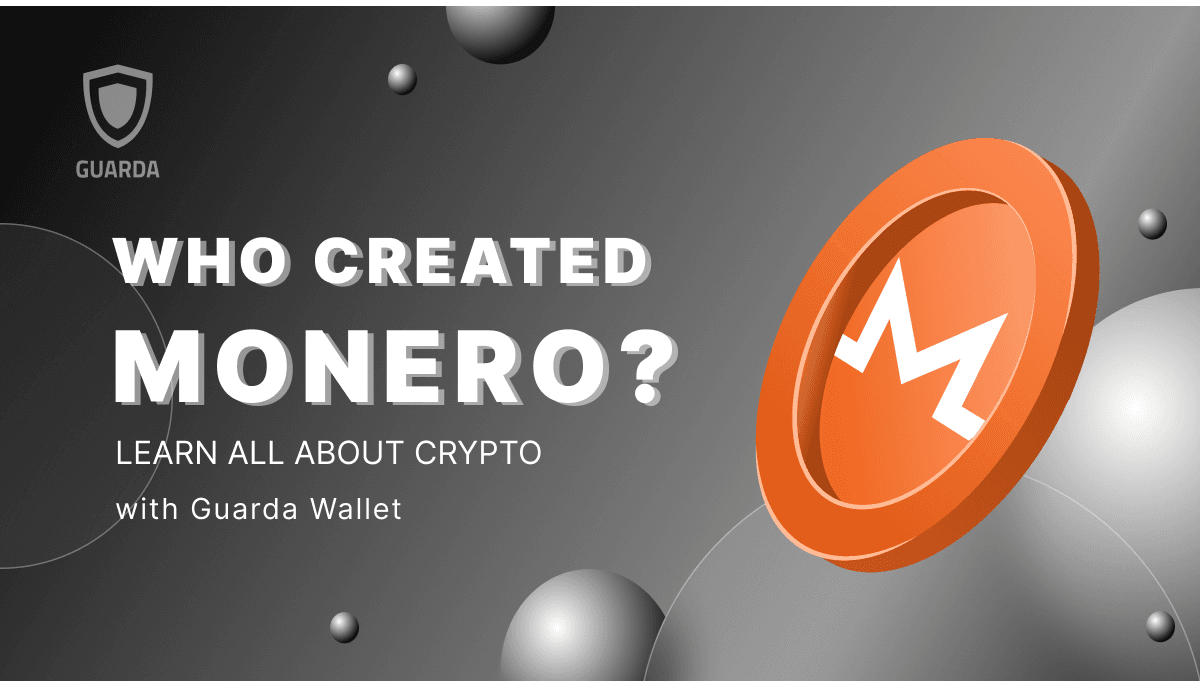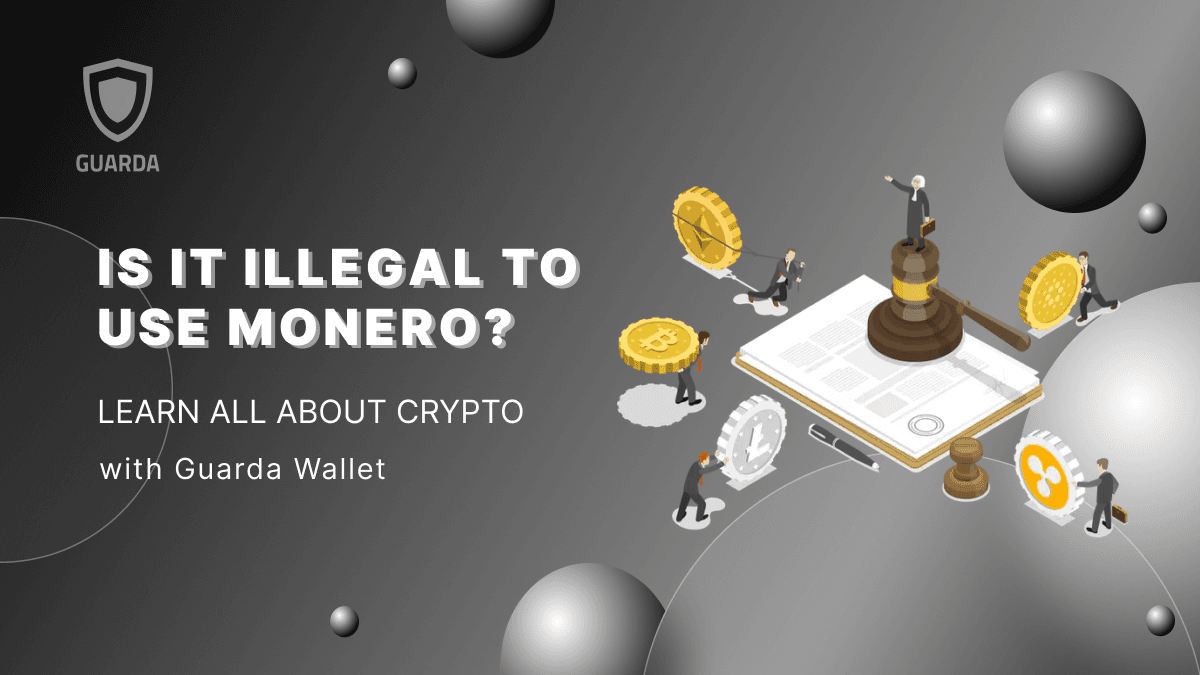The most unusual detail about the growth of the Binance Smart Chain is the pace at which it happened. But, of course, we are talking about the fact that from the moment Binance launched it, it was obvious that this particular blockchain would pose a serious threat to the Ethereum network. Primarily because of the organizational support provided by the blockchain to the main company in the crypto world. Nevertheless, hardly anyone could have imagined that in less than a year since its launch into the cryptocurrency world, new Binance Smart Chain projects could overtake Ethereum projects both in the number of active wallets and transactions. This would seem impossible given the level of dominance of ETH in the decentralized applications sector.
What Is Binance Smart Chain?
Binance Smart Chain was launched in the fall of 2020. Changpeng Zhao, the founder of Binance, emphasized that “BSC should be a bridge between centralized and decentralized finance.”
Binance Smart Chain (BSC) is a blockchain network designed for smart contract applications. BSC runs in parallel with the Binance Chain (BC) proprietary network, providing users with the best of both systems: high throughput BC and support for BSC smart contracts. Binance Smart Chain also supports the Ethereum Virtual Machine (EVM), which can be used to run Ethereum-based applications such as MetaMask.
The platform’s main objective is to provide developers with access to create decentralized applications (DApps) and users with the ability to manage their digital assets between different blockchains with low latency and high bandwidth.
What is the difference between Binance Smart Chain and Ethereum?
Ethereum currently uses the Proof of Work (PoW) consensus, which consumes time and energy (there is currently a transition to Proof of Stake (PoS), which is much more efficient).
On the other hand, BSC has used Proof of Stake - or rather a slightly upgraded version of it, called Proof of Staked Authority (PoSA) - from the very beginning. Due to its PoS features, BSC is able to provide a three-second block time to validate transactions, while Ethereum would require up to 14 seconds to do so. Even though Ethereum 2.0 (a set of network updates for PoS) will be a game-changer for Ethereum, BSC currently remains faster and cheaper than Ethereum. Ethereum now has about 10,183 DApps running, while BSC had about 3,025 DApps running as of March 2022.
Despite its advantages, BSC is not considered as decentralized as Ethereum and many of its peers because it has only 21 validators (Ethereum had over 300,000 in March 2022). It is also known that at BSC, these 21 validators are determined daily based on BNB rates and delegations. This daily active validator set is owned by Binance Chain, which in turn is managed by only 11 validators. This is also a distinct difference because, in the old PoW Ethereum system, anyone who meets the technical requirements could become a participant and help run the network.
Projects That Are Moving From Ethereum to Binance Smart Chain
The BSC system, equipped with smart contracting features, also has the Ethereum Virtual Machine (EVM), which allows Ethereum-based applications to run.
This makes it easier for developers to migrate their projects from Ethereum and adapt them to work with BSC. Otherwise, projects would not be able to migrate their Ethereum DApps to the Binance Smart Chain with minimal configuration and avoid high ETH transaction fees.
There are a number of huge projects that have recently migrated to the BSC protocol:
IDEX
IDEX is one of the veterans of decentralized cryptocurrency exchanges. For years, it served as a popular platform for traders buying newly registered Ethereum projects using the Metamask wallet.
Problems arose when notorious transaction fees began to rise. However, the platform started losing significant market share, which led to the launch of a multi-chain solution, extending its infrastructure to BSC.
CREAM Finance
CREAM Finance is an Ethereum-based DeFi platform that has also decided to migrate to BSC partially—appreciating the benefits of high speed and easy access to Binance’s 170 fiat ecosystem gateways and 400,000 user accounts.
SushiSwap
SushiSwap’s decentralized exchange (DEX) switched to both Binance Smart Chain (BSC) and Fantom’s smart contract platform to avoid Ethereum’s high transaction fees, according to project CTO Joseph Delong. However, according to DeLong, not all of these blockchains are ready to handle ERC-20 assets. BSC and Fantom have “good support,” but the others “will need refinement for the end-user.”
Bounce Finance
Bounce Finance is an inter-network decentralized auction protocol through which participants can bid on NFT using BNB or ETH to pay. Bounce facilitates conversion between Ethereum ERC-20 and Binance Smart Chain (BSC) BEP-20 token standards for an equal number of tokens. In addition, users can switch between Ethereum and BSC versions of the platform. When launching the technology on both blockchains, Bounce developers were among the first to take advantage of MetaMask’s use on both the Ethereum and Binance Smart Chain networks.
This has increased the number of users who can interact with their decentralized NFT auctions and token offerings and continues the recurring theme of using centralized finance (CeFi) to make DeFi more efficient.
Conclusion
In the future, the race to become a platform for large-scale DApp development will only grow as BSC and Ethereum looks to attract more developers to their platforms. In addition, other blockchains that support smart contracts such as these will also struggle to become prominent smart contract platforms.



